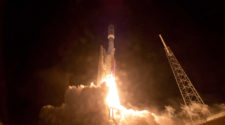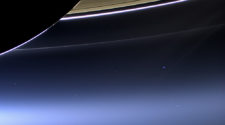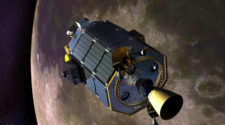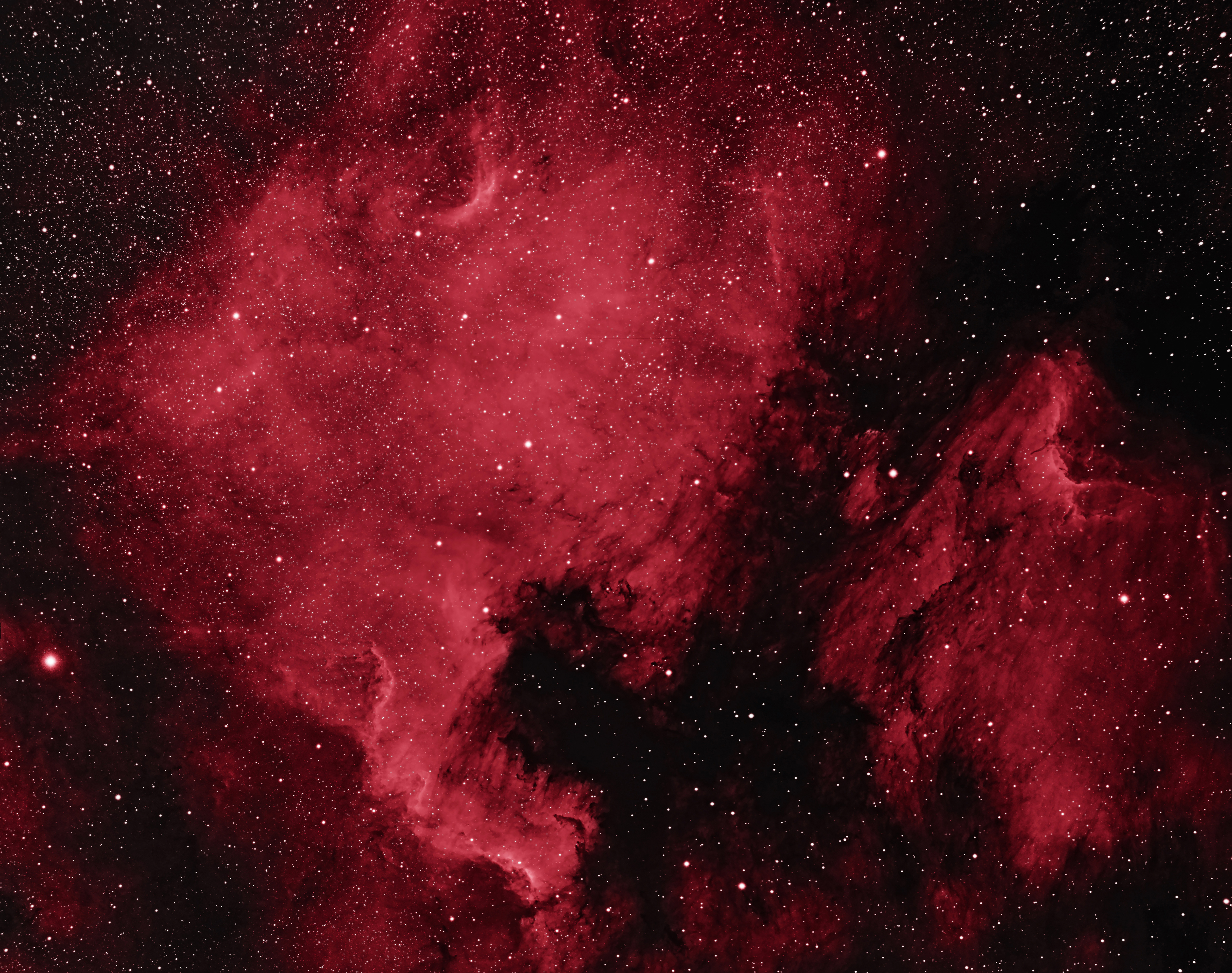
Cygnus, The Swan, is a majestic and easy to identify constellation in the northern hemisphere. This is best viewed in summer and autumn when it rises overhead in the night skies. Cygnus is a great naked eye constellation with lots of detail and great objects within it as you start to use more powerful optical devices.
The brightest star in the constellation, Deneb, is magnitude 1.25 the third brightest in the region. Deneb combines with Vega (in Lyra) and Altair (in Aquila) to form the summer triangle. These 3 stars are the first to appear in the darkening sky after sunset.
Deneb is also the head of an asterism called the Northern Cross which forms the body and the first part of the wings of the swan. The stars in this cross are the brightest ones in the constellation and can be seen even in the most light polluted areas.
As you move to darker locations you will be able to see more stars in the constellation which extend the wings of the swan right out to the wing tips. Cygnus is one of the constellations that is easy to visualise, and once you have found it you will never forget it.
In the darkest viewing spots when there is no moon you will be able to see our galaxy, The Milky Way, running through Cygnus. It will appear as a cloud starting at the horizon, going up through Cassiopeia then Cygnus and on to the other horizon in Scorpius. The cloud-like appearance comes from the millions of faint stars in our galaxy combining to create the dim light.
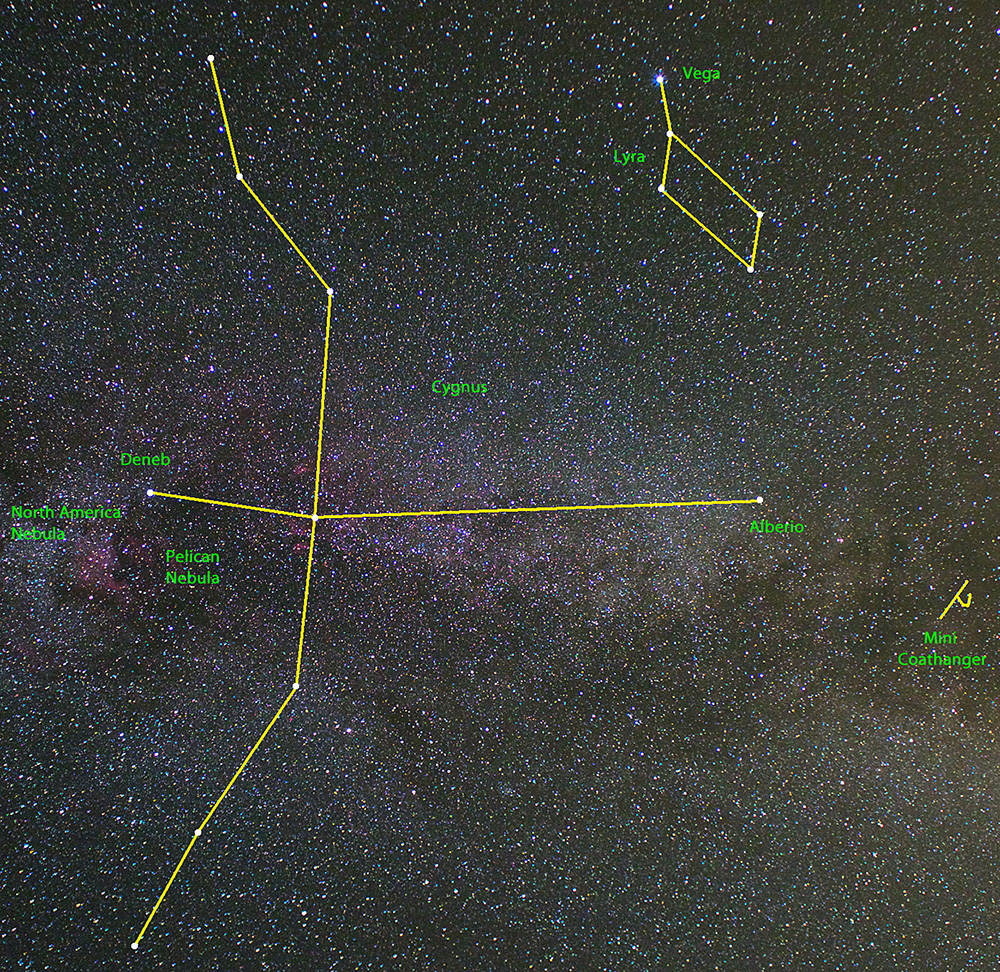
If you now grab a pair of binoculars you will see the detail of the Milky Way. Stars will pop into view that were not visible with your naked eyes. Even in the binoculars though there will seem to be a fuzzy cloud created by the fainter stars.
If you sweep the binoculars down to the head of the swan you will find the star Alberio. Star is not quite the right term as Alberio is one of the most spectacular double stars in the skies. With a steady hand and a good pair of binoculars you should be able to separate the two stars. The main star is yellow, but the smaller star is electric blue.
Switching to a telescope makes the demarkation between these stars much more noticeable and can really bring out the colours nicely.
There are a lot of deep sky objects in the constellation, but by far the most interesting are NGC 7000 and IC 5070: The North America and Pelican Nebulas. These can be seen from very dark locations using telescopes and appear a very faint foggy regions, but are best observed photographically. The nebulas are huge, the North America nebula is over four times the size of the moon, but very faint. These are star forming emission nebulas of ionised hydrogen. These nebulas lie between Deneb and Epsilon Cygnus.

